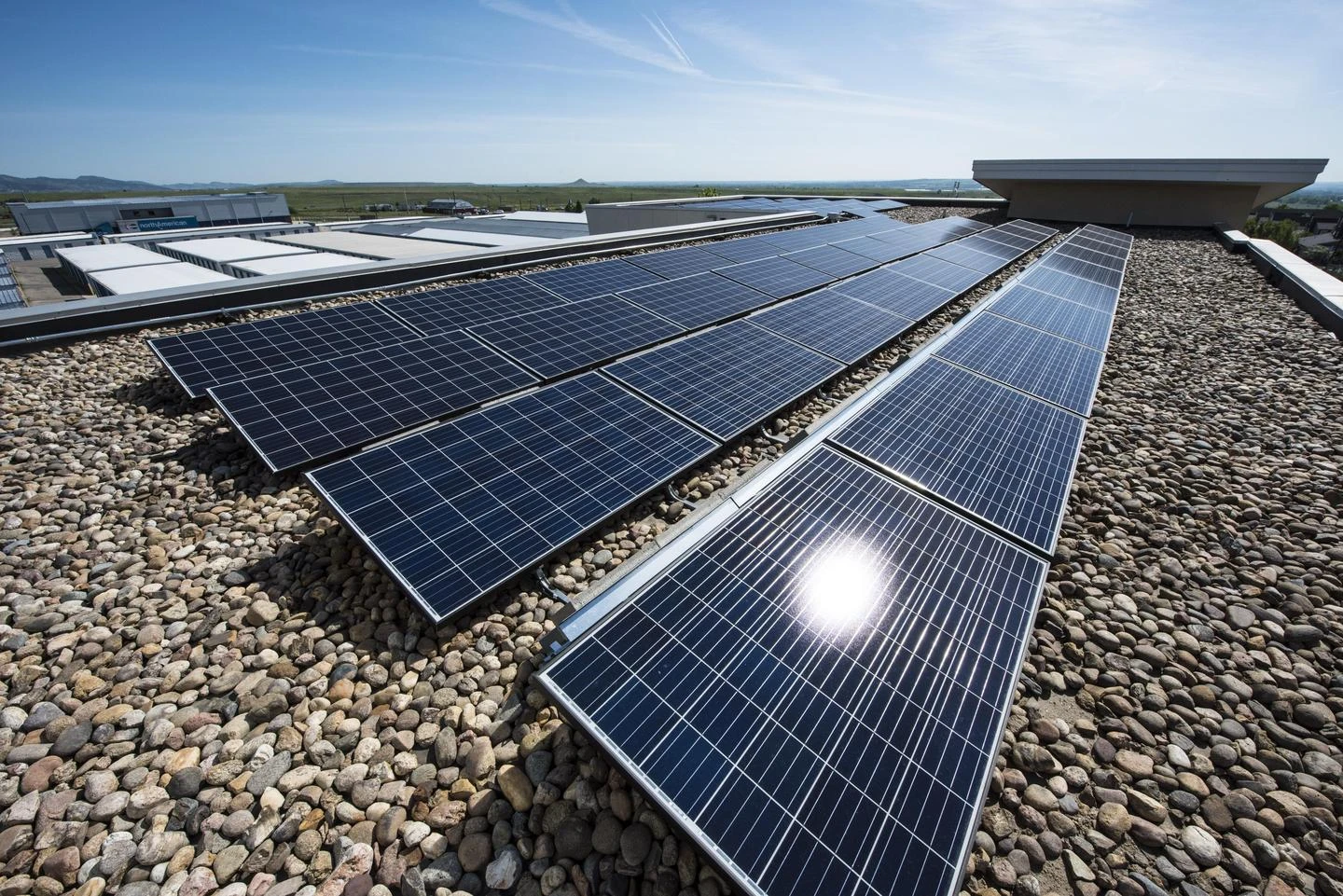theoretical maximum solar panel efficiency
Theoretical Maximum Solar Panel Efficiency Breaking Down the Limits of Solar Energy Harvesting
Solar energy presents one of the most promising solutions to the global energy crisis, offering a sustainable and renewable source of power. Given the growing emphasis on clean energy and the reduction of carbon emissions, understanding the theoretical maximum efficiency of solar panels is crucial for advancing solar technology and making informed decisions regarding energy investments. This article delves into the concept of theoretical maximum solar panel efficiency, its implications, and the technologies striving to reach these limits.
At its core, the theoretical maximum efficiency of a solar panel refers to the highest possible conversion rate of sunlight into electrical energy that can be achieved under ideal conditions
. This efficiency is primarily dictated by the physics of light absorption, charge carrier generation, and recombination processes within the photovoltaic (PV) materials used in solar panels.One of the foremost concepts in determining the theoretical limit is the Shockley-Queisser limit, established in 1961. This limit applies to single-junction solar cells, which are the traditional design utilized in most commercial solar panels. It suggests that the maximum efficiency achievable for a single-junction solar cell under standard sunlight conditions (specifically, a spectrum corresponding to solar radiation at sea level on a clear day) is around 33.7%. This limit arises due to factors such as photon energy loss, thermalization of charge carriers, and the statistical distribution of photon energies.
However, advancements in technology have led to the development of multi-junction solar cells, which stack multiple layers of semiconductor materials to absorb different portions of the solar spectrum. By doing this, these cells can achieve significantly higher efficiencies, theoretically exceeding 40%. Research has demonstrated that some multi-junction cells, such as those used in space applications, have achieved efficiencies as high as 47.1% under concentrated solar light, showcasing the potential to push efficiency beyond traditional limits.
theoretical maximum solar panel efficiency

In addition to multi-junction cells, other innovative approaches aim to enhance solar panel efficiency. Concentrated solar power (CSP) systems, for instance, utilize mirrors or lenses to focus sunlight onto a small area, increasing the temperature and, subsequently, the efficiency of energy conversion. Likewise, bifacial solar panels can capture sunlight on both the front and back surfaces, maximizing the available light and increasing overall yield.
Beyond technological advancements, factors such as material selection also play a critical role in achieving higher efficiencies. Emerging materials like perovskite solar cells have garnered significant interest due to their ease of fabrication, cost-effectiveness, and promising efficiency rates. Research continues to evolve in this field, with perovskite cells demonstrating efficiencies that rival traditional silicon-based technology within a short development timeline.
Despite these promising advancements, challenges remain in the pursuit of the theoretical maximum efficiency. Practical implementations often lead to trade-offs between cost, scalability, and performance. While multi-junction and specialized designs offer higher efficiencies, they also come with increased manufacturing costs and complexity. Therefore, achieving a balance between high efficiency and economic viability is essential to widespread adoption.
Furthermore, the environmental impact of photovoltaic manufacturing and disposal raises considerations in the quest for efficiency. As solar technology continues to evolve, ensuring sustainable practices throughout the lifecycle of solar panels becomes increasingly vital.
In conclusion, the theoretical maximum solar panel efficiency serves as a benchmark for research and innovation within the solar energy sector. While advancements have brought us closer to this ideal, significant barriers remain. The continued exploration of new materials, designs, and technologies is not just a scientific pursuit but a necessity in addressing our global energy challenges. By pushing the boundaries of efficiency, we can better harness the sun's power, contribute to a cleaner planet, and pave the way for a sustainable energy future. As the world moves towards renewable energy sources, the journey to achieve the theoretical maximum efficiency of solar panels will undoubtedly impact the trajectory of our energy landscape in profound ways.
-
Unlocking Energy Freedom with the Off Grid Solar InverterNewsJun.06,2025
-
Unlock More Solar Power with a High-Efficiency Bifacial Solar PanelNewsJun.06,2025
-
Power Your Future with High-Efficiency Monocrystalline Solar PanelsNewsJun.06,2025
-
Next-Gen Solar Power Starts with Micro Solar InvertersNewsJun.06,2025
-
Harnessing Peak Efficiency with the On Grid Solar InverterNewsJun.06,2025
-
Discover Unmatched Efficiency with the Latest String Solar InverterNewsJun.06,2025







